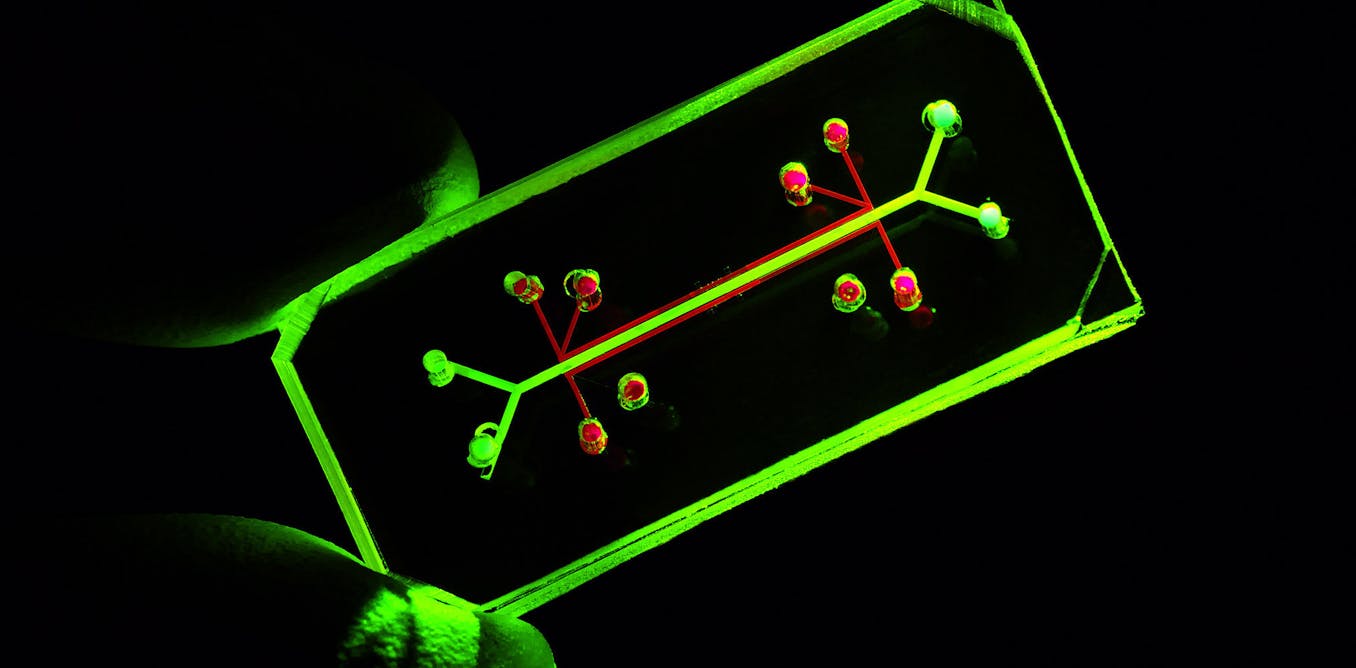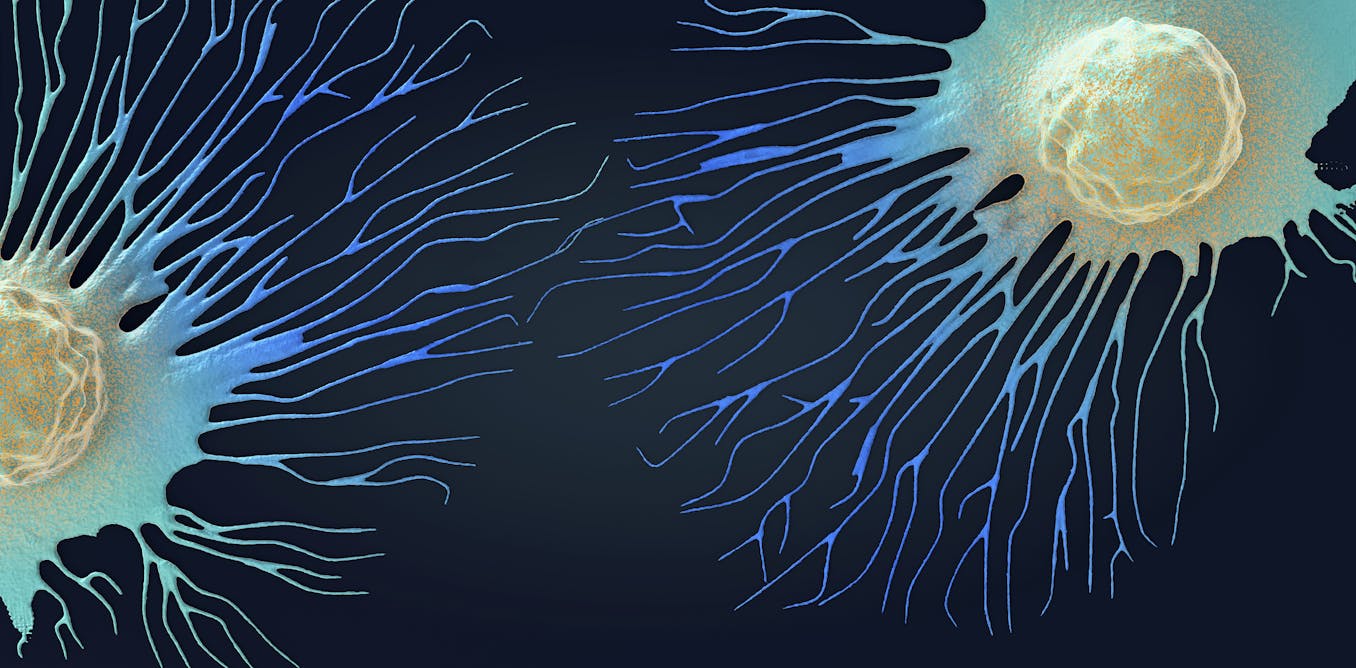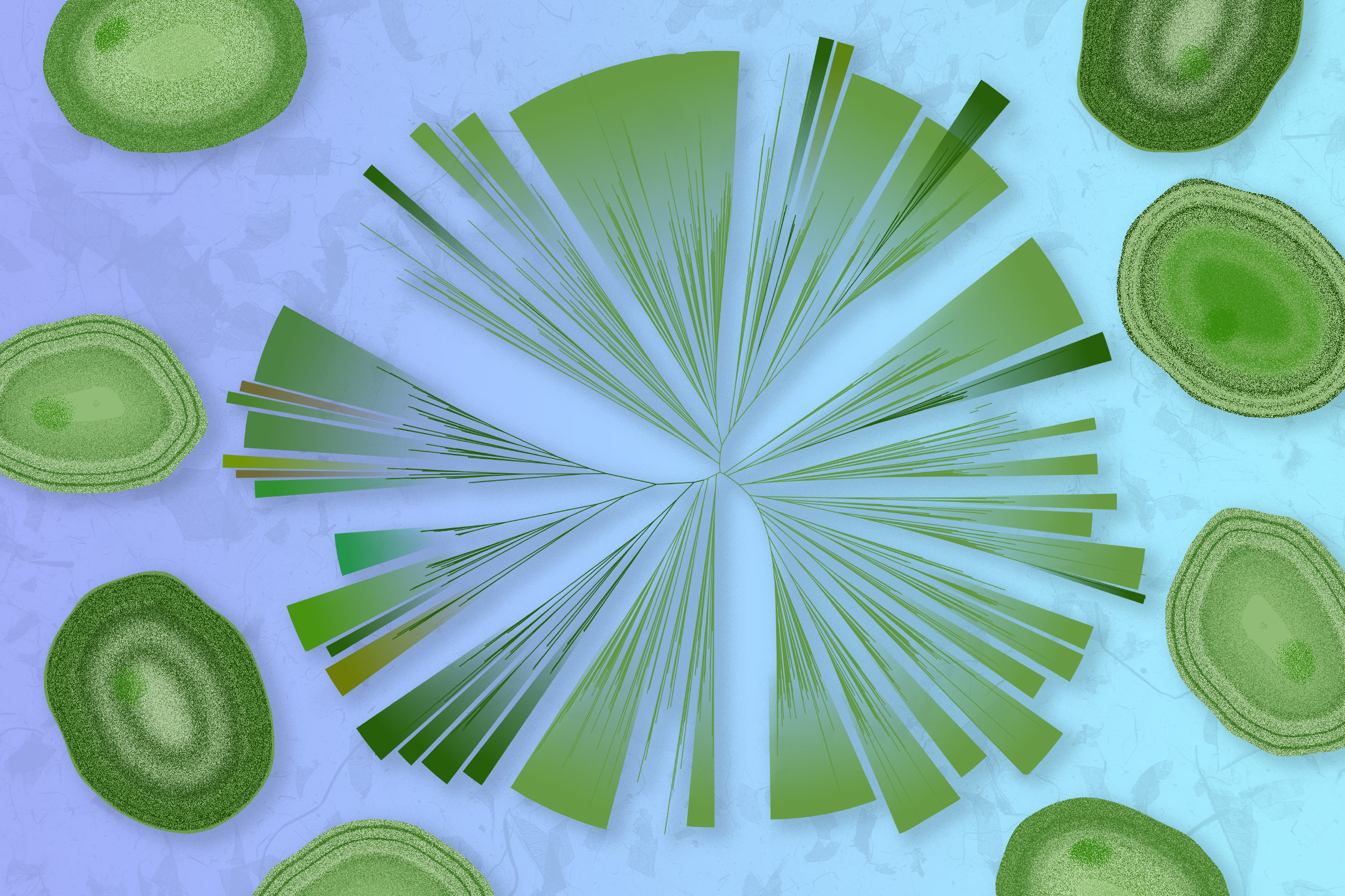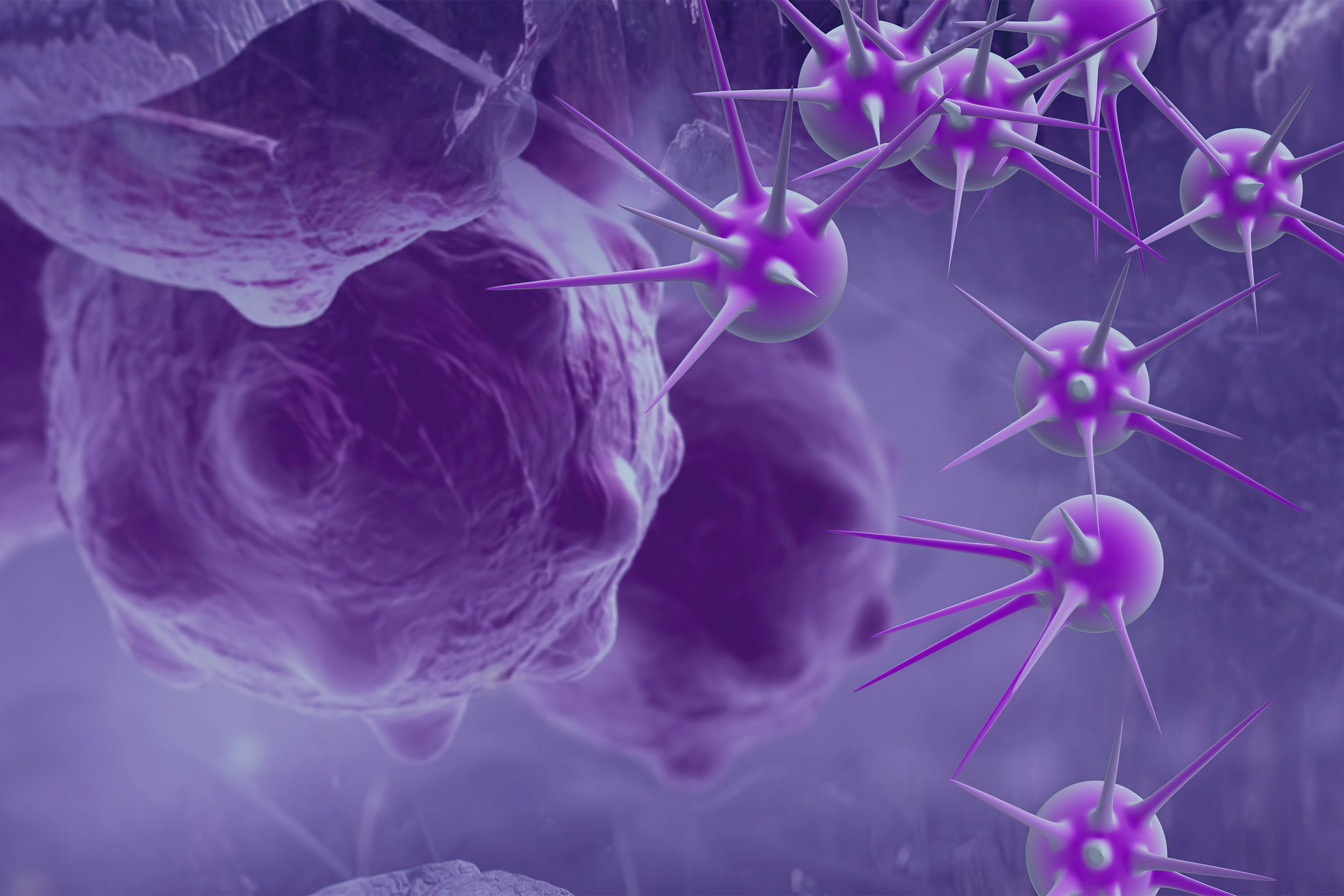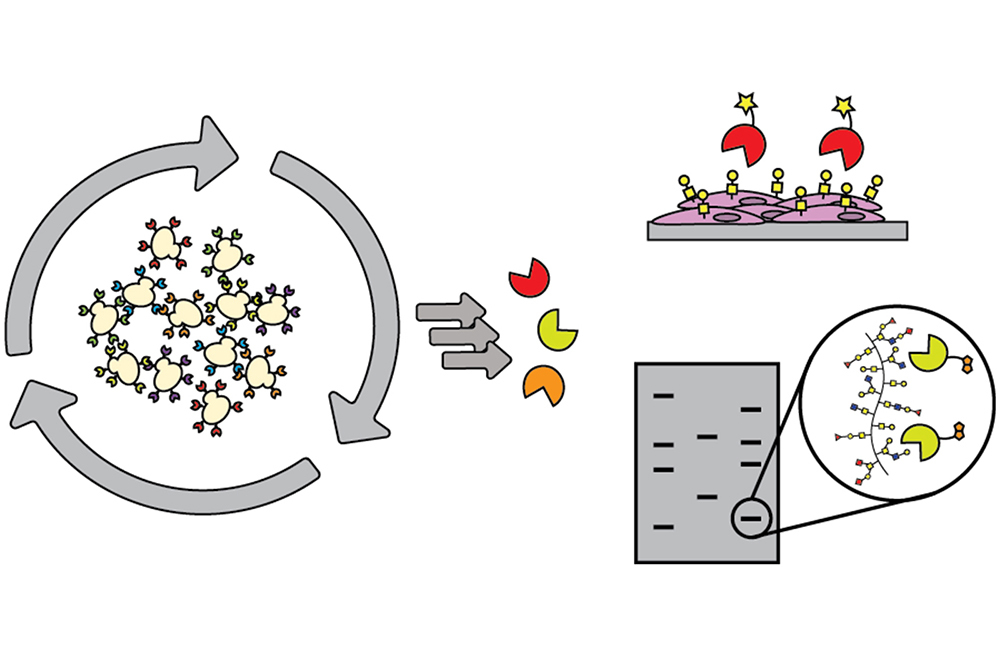Triggering cancer cells to become normal cells – how stem cell therapies can provide new ways to stop tumors from spreading or growing back
Many tumors have cancer stem cells that help them grow and evade treatments. Differentiation therapy forces these cells to mature, stopping growth with less toxicity than traditional treatments.
Jan. 11, 2023 • ~7 min


